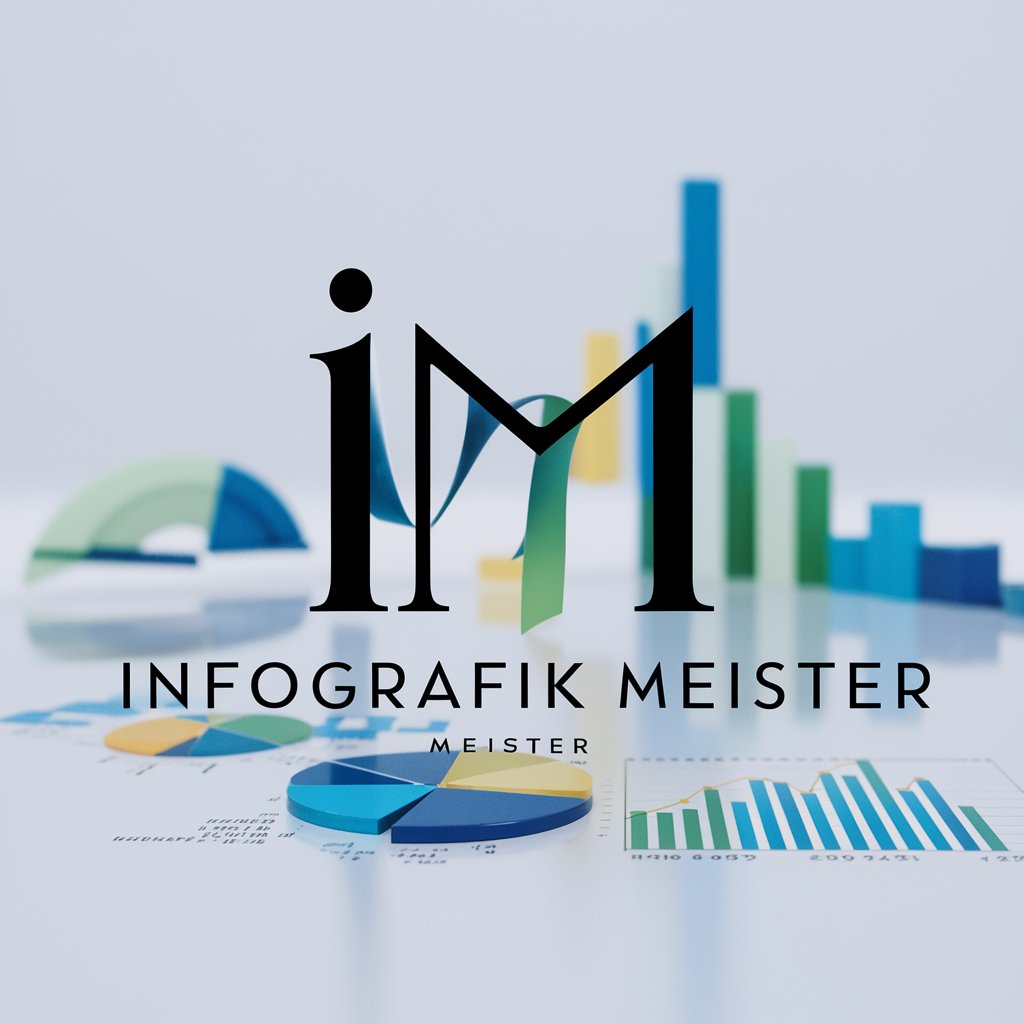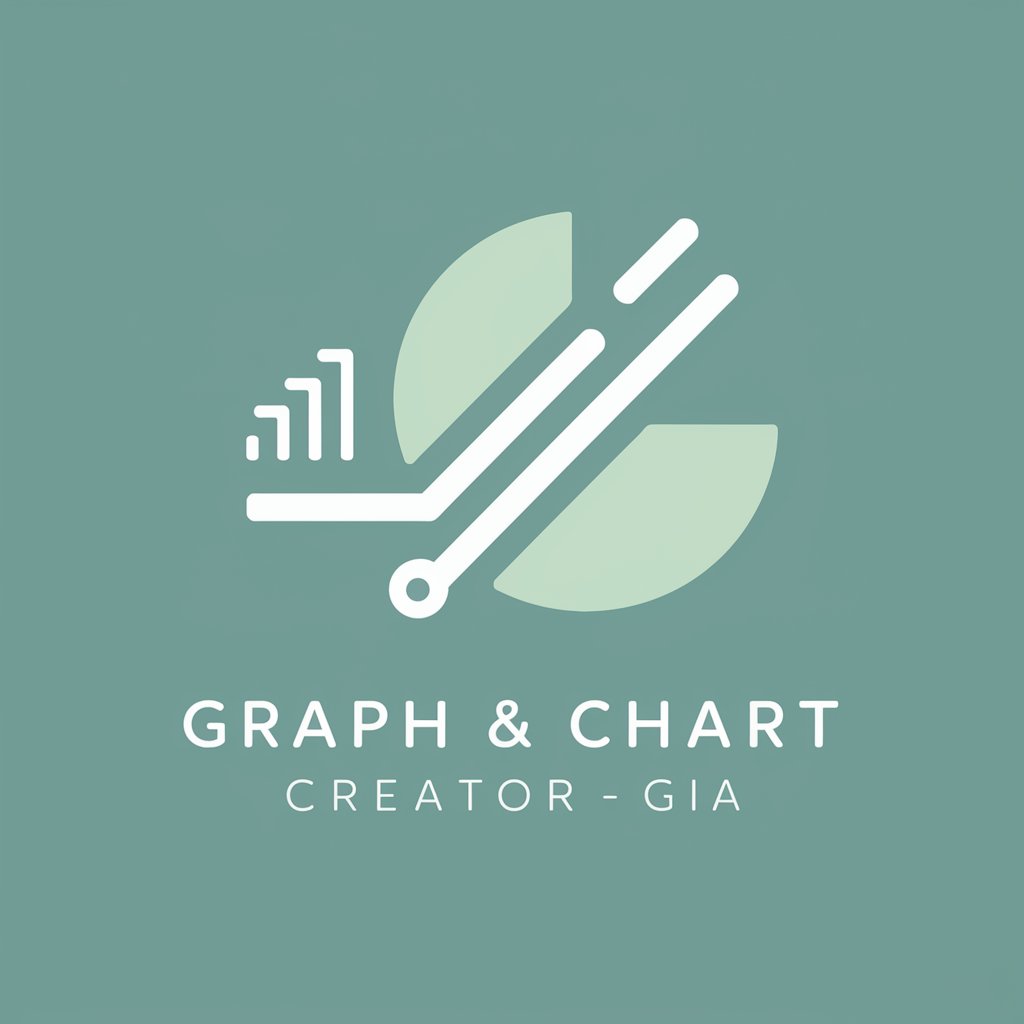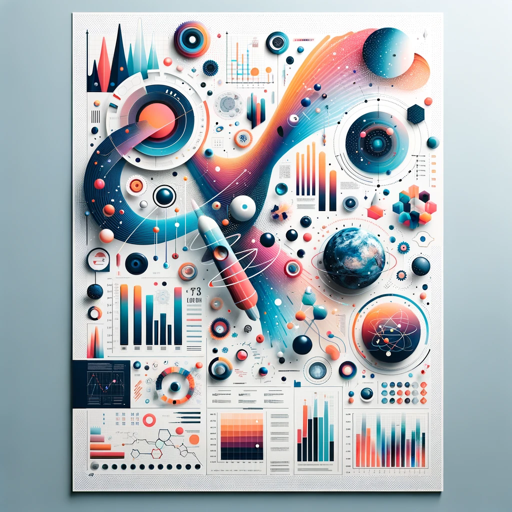
Infografik Designer-AI-generated infographic visuals
AI-powered visuals for clear data storytelling

Experte für Infografik-Design
Erstelle ein Balkendiagramm mit diesen Daten:
Kannst du ein Kreisdiagramm zu diesem Thema machen?
Ich brauche eine Infografik über...
Wie würde diese Information in einem Liniendiagramm aussehen?
Get Embed Code
What Is InfografikInfografik Designer Overview Designer?
Infografik Designer is a specialized digital assistant tailored to create custom data visualizations using Matplotlib, a powerful Python library for data plotting. Its core purpose is to transform complex datasets and information into clear, visually compelling graphics that support decision-making, storytelling, reporting, and educational communication. Unlike generic infographic tools, Infografik Designer is focused on precision, data accuracy, and customizability. For example, instead of relying on template-based visuals, it generates fully customizable charts like dual-axis line graphs, heatmaps, and multi-category bar plots, coded and designed to match specific user requirements. A typical use case: a public health researcher wants to visualize COVID-19 infection rates across regions over time. Infografik Designer creates a multi-series line chart with clear annotations, color-coded by risk zones, ensuring readability and visual clarity in presentations or academic papers.
Core Functions and Real-World Applications of Infografik Designer
Custom Chart Generation
Example
A logistics analyst needs a Gantt-like timeline to show delivery timelines for multipleInfografik Designer Overview carriers.
Scenario
Infografik Designer creates a horizontal bar chart where each bar represents a carrier’s delivery window. The bars are color-coded by on-time performance, and the x-axis represents the calendar days. Custom tooltips and labels highlight delays and exceptions.
Data Simplification & Visual Summarization
Example
A policymaker needs to present complex fiscal data to non-technical stakeholders.
Scenario
Infografik Designer transforms raw tax revenue data into a grouped bar chart with annotations, trend arrows, and a simplified legend. The design focuses on minimalism and clarity to ensure non-experts can follow the story easily during a press briefing.
Multivariate Data Visualization
Example
An environmental scientist wants to correlate CO₂ levels, temperature change, and ice melt over decades.
Scenario
Infografik Designer generates a multi-axis plot: line chart for temperature, bar chart for CO₂, and a scatter layer for ice thickness, each plotted against the same timeline. This allows the viewer to observe interdependencies across the three variables clearly in a single composite chart.
Target User Groups for Infografik Designer
Researchers, Analysts, and Data Scientists
These users work with large or complex datasets and need to communicate findings through precise visualizations. Infografik Designer assists them in creating customized, publication-ready plots that emphasize accuracy and are tailored for their specific research or industry domain. Whether in scientific publications or internal reports, clarity and credibility are critical—Infografik Designer delivers both.
Business Professionals, Consultants, and Executives
Professionals who need to make strategic decisions often rely on clear, data-driven presentations. Infografik Designer helps them distill complex KPIs, market trends, and forecasts into dashboard-style visuals or single-page infographics that are both elegant and insightful. This supports faster decision-making and enhances the impact of client-facing documents.
How to Use Infografik Designer in Five Simple Steps
Step 1: Access the Tool
Visit aichatonline.org for a free trial without login, and no need for ChatGPT Plus. The platform runs entirely in-browser,Infografik Designer Guide giving instant access to Infografik Designer features.
Step 2: Define Your Visualization Goal
Clarify what you want to visualize—be it trends, comparisons, proportions, or distributions. Typical use cases include academic data visualization, business reporting, or science communication.
Step 3: Select Diagram Type
Choose from a range of supported chart types such as bar chart, line chart, pie chart, scatter plot, area chart, radar chart, heatmap, or custom infographic layout. I will guide you based on your data type and intent.
Step 4: Provide Data and Preferences
Input your data in structured form (e.g., table, CSV, JSON). Specify preferences like color palette, axis labels, titles, or annotations. You can also request visual emphasis for specific points or trends.
Step 5: ReviewInfografik Designer Guide and Iterate
Review the rendered graphic. I can revise it based on your feedback—adjusting layout, refining colors, or re-structuring the plot logic. You’ll receive Python (Matplotlib-based) code for further customization if needed.
Try other advanced and practical GPTs
G-ads Runner
AI-powered tool for perfect Google Ads

Video Hook Assistant
AI-powered hooks that stop the scroll

Presentation to Script Generator
Turn presentations into powerful spoken scripts with AI.

SCI翻译
AI-powered translator for SCI paper precision

Plagiarism Remover
AI-powered rewording to ensure originality

ANALISTA JUDICIÁRIO COM INTELIGÊNCIA ARTIFICIAL
AI-powered legal assistance for professionals.

Content Analysis Pro
AI-driven qualitative analysis, guided by you.

ROTEIRO REELS DICAS
AI-Powered Script Generator for Instagram Reels

한국인 사람이 쓴것처럼 글 변환 writing to sound like Korean
AI-powered tool for Korean-style casual writing

のInstagram Storytelling Specialist
AI-powered storytelling for Instagram success.

论文大师-快速撰写优化
AI-driven optimization for flawless academic writing.

Accountant 5.0
AI-driven accounting, precise and efficient.

- Academic Writing
- Data Analysis
- Market Research
- Business Reporting
- Science Visualization
Five Key Questions About Infografik Designer
What types of charts can Infografik Designer create?
Infografik Designer supports bar charts, pie charts, line graphs, scatter plots, heatmaps, area charts, radar/spider charts, and custom infographic layouts. Each type is selected based on the user's data structure and communication goal.
Do I need coding skills to use Infografik Designer?
No coding experience is required to interact with me. However, I generate clean, commented Python code using Matplotlib for users who want to further refine or integrate the visual into larger codebases or presentations.
Can I use it for academic or research work?
Absolutely. I specialize in transforming complex data into precise, publication-ready visuals for theses, research papers, data storytelling, and conference presentations. I ensure clarity, label accuracy, and statistical integrity.
How does Infografik Designer ensure data accuracy?
I follow data visualization best practices, including appropriate axis scaling, proportional representations, and avoiding misleading visuals. All designs are transparent and can be traced back to your original data.
Can I choose color schemes and styles?
Yes. You can request custom color palettes (e.g., brand colors, colorblind-safe options), font styles, grid visibility, and even stylistic themes like minimalist, corporate, or scientific journal styles.






